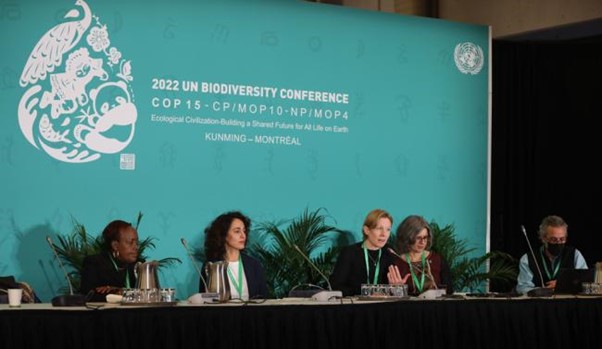Rio Synergies: Mobilizing Action for Land, Biodiversity and Climate
Coordinated implementation of the three Rio Conventions can reduce transaction costs by almost 56% (45.6 Million USD) per year in Rwanda.
About the project
Together with partners, ELD Initiative launched a study project on the economics of harmonizing land-based Rio-targets in Rwanda and Central Asia. Land is the common denominator between the three Rio Conventions: the United Nations Convention to Combat Desertification (UNCCD), the Convention on Biological Diversity (CBD), and the United Nations Framework Convention on Climate Change (UNFCCC). But implementation of the conventions currently lacks coordination and coherence. As a consequence, the conventions compete for land to achieve their targets systems, synergies remain low and transactions costs are high.
Collaboration among the Rio Conventions is vital to achieve land degradation neutrality, biodiversity conservation, climate change mitigation and adaptation, and the Sustainable Development Goals (SDGs). Within these conventions, land restoration emerges as a pivotal activity requiring coordinated efforts to enhance synergies and minimize conflicts. Synergies occur when actions align with multiple convention goals, while tradeoffs result when actions for one goal inadvertently harm another. Promoting synergies in land restoration through improved coordination significantly enhances its effectiveness and efficiency.

ELD Case Study of Rio Synergies in Rwanda
This study explores the untapped potential for synergies that can emerge through collaborative programming and implementation of land restoration activities under the Rio Conventions in Rwanda against the backdrop of the nation's ambitious goals for Land Degradation Neutrality (LDN) and Nationally Determined Contributions (NDC) action plans. The study reveals that the coordinated implementation of land-focused activities under the Rio Conventions can significantly reduce transaction costs associated with land restoration in Rwanda, resulting in a nearly 56% reduction.
Hence, coordinated implementation is projected to yield annual savings of approximately 45.6 million US dollars when compared to the separate execution of activities under the three Rio Conventions. This substantial cost reduction can be attributed to five distinct mechanisms for synergies:
- Establishing a joint inter-agency working group, which ensures efficient resource utilization.
- Implementing an information exchange platform to enhance communication and accessibility to data.
- Adopting a joint monitoring and evaluation system, facilitating timely information sharing and recognizing contributions.
- Coordinating joint planning and fund mobilization to streamline land restoration efforts.
- Engaging in joint research to promote skill and data sharing and to optimize resource utilization.
Access the policy brief.

ELD Case Study of Rio Synergies in Central Asia
In a world grappling with the interlinked challenges of climate change, biodiversity loss, and land degradation, the need for coordinated action has never been more apparent. Central Asia, a region that has witnessed significant shifts in land use and land cover over the past two decades, stands as a testament to both the potential and urgency of addressing these issues in an interconnected manner.
Behind this background GIZs Regional Programme for Integrative and Climate-sensitive Land Use for in Central Asia (ILUCA) together with the ELD Initiative and partners are building on the work done in Rwanda and conducting a study process to leveraging synergies from integrative land-biodiversity-climate action for improving monitoring, reporting, and investments into sustainable agri-food system transformations in Central Asia in early 2024.

